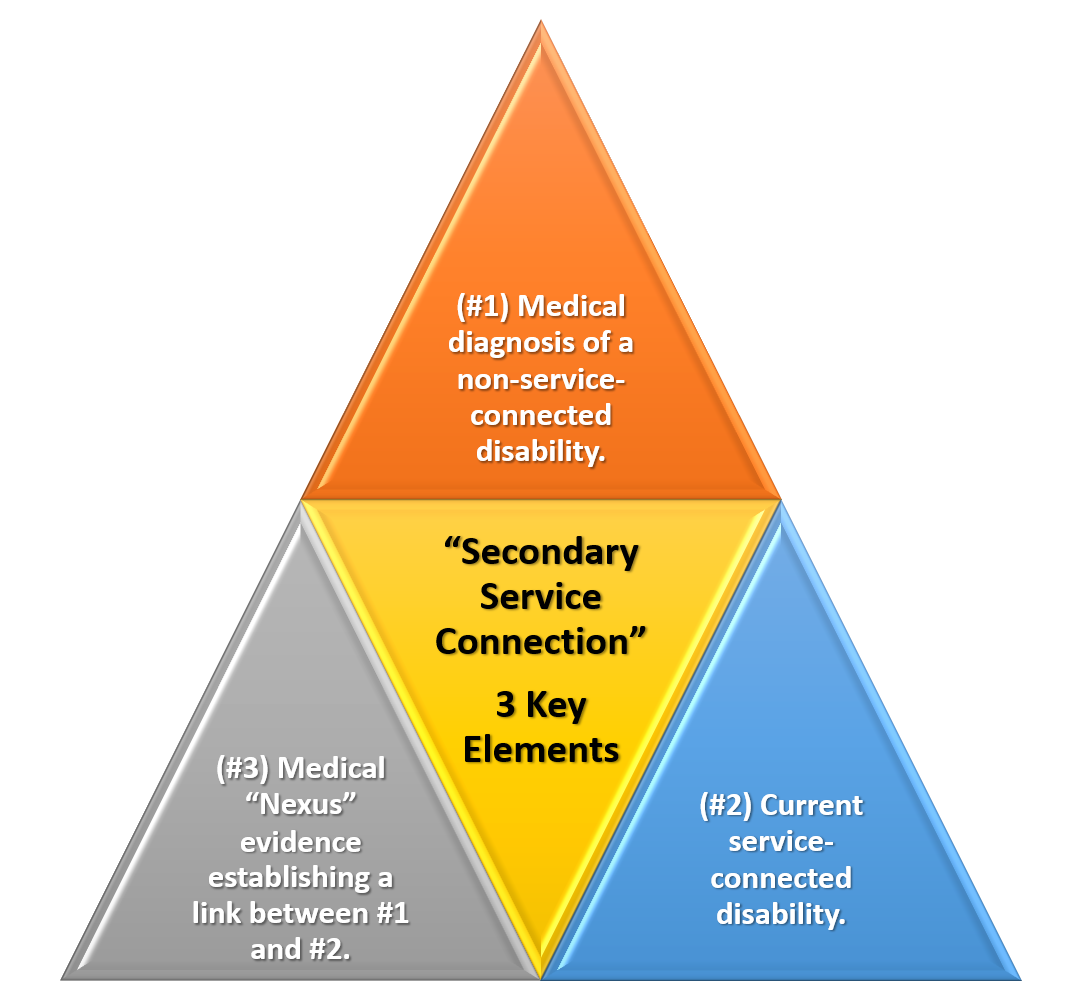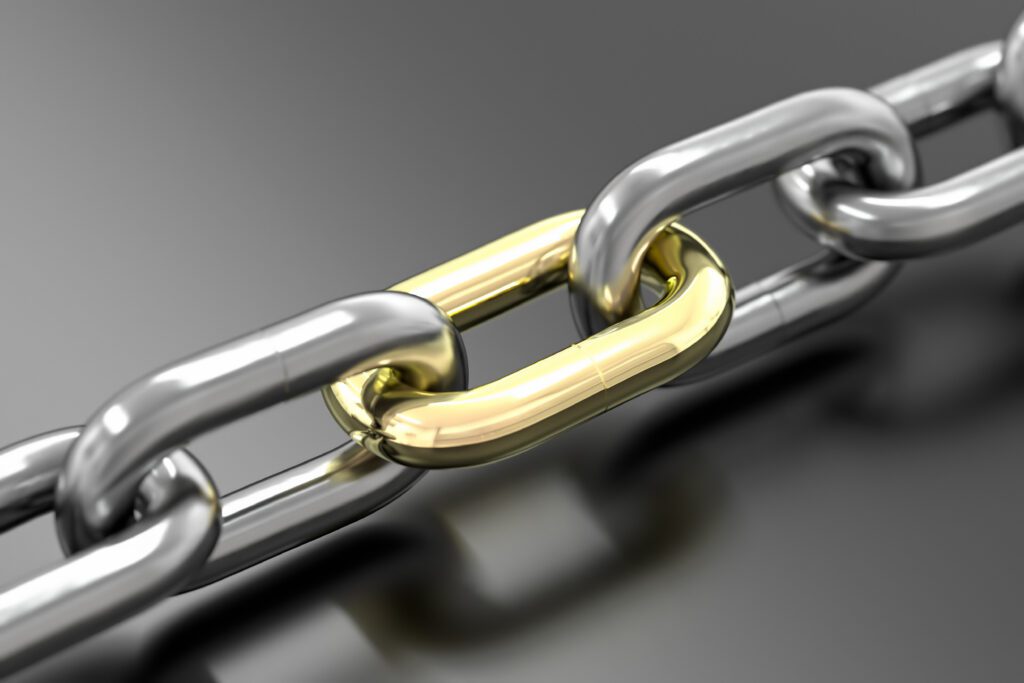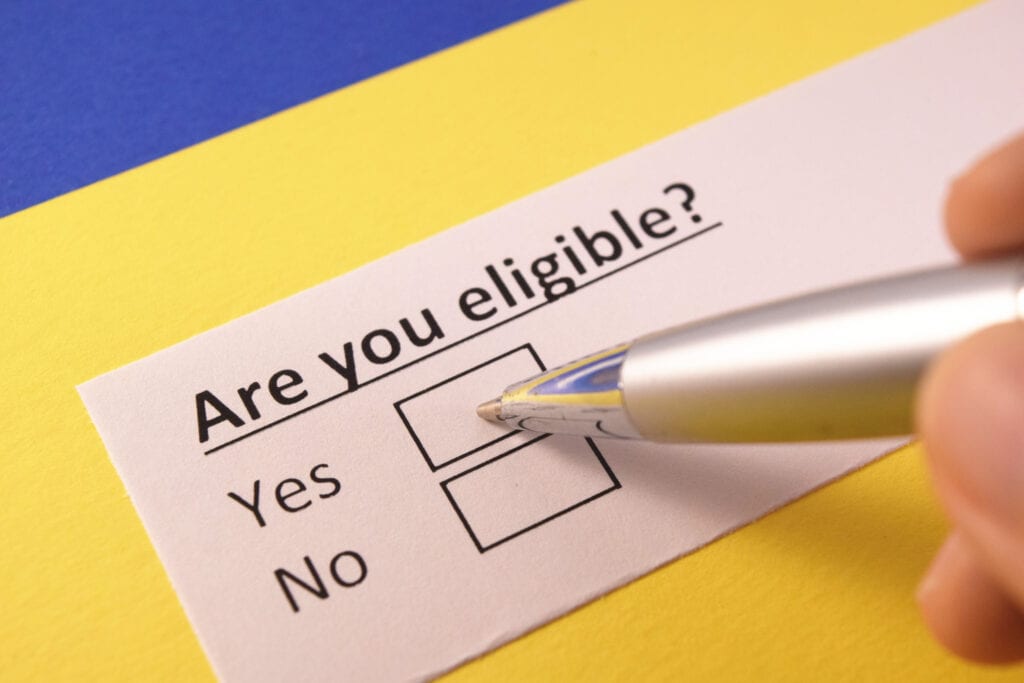Looking for Expert-Level VA Claim Answers?📱Call Us Now! 737-295-2226
Brian Reese here with VA Claims Insider, and in this expert-level post, I’m going to reveal and explain how to service connect Migraines Secondary to Tinnitus for VA disability, even if you’ve already filed or been denied.
You’ll also learn about Secondary Service Connection plus the “3 Magic Pillars” of success to include critical medical evidence requirements.

Finally, you’ll uncover secret tips to getting a high-quality Nexus Letter for Secondary Conditions to help you prove secondary service connection under the law.
Alright, let’s dive-in.
You Might Also Enjoy the Following Blog Posts:
- Top 5 VA Secondary Conditions to Tinnitus
- Top 100+ VA Disability List of Secondary Conditions
- What is a Nexus Letter?
- Tinnitus and Migraines VA Disability: Is There a Connection?
- What is the VA Rating for Migraine Headaches Secondary to Tinnitus?
- What is the Difference Between the 30% and 50% VA Rating for Migraines?
- What is a VA Secondary Condition?
- What Do I Need to Prove for VA Secondary Service Connection?
- Need a Nexus Letter to Help Prove Secondary Service Connection?
- About the Author
Tinnitus and Migraines VA Disability: Is There a Connection?

Yes, there is a strong correlation between veterans with Tinnitus and the co-existence of Migraine Headaches.
Thus, you can file a VA claim for Migraines secondary to Tinnitus and get VA disability benefits for your headaches.
According to the American Migraine Foundation, Tinnitus can be associated with multiple types of headache disorders.
One headache type where Tinnitus is sometimes seen is in those with chronic Migraines (Headaches).
Some patients report that their Tinnitus worsens only and consistently during Migraine attacks.
In Migraine patients with cutaneous allodynia, the allodynia may occur in parallel with the development of the Tinnitus.
Multiple hypotheses have been formed to explain why Tinnitus and headache may co-occur.
Some researchers suggest that it could be from spontaneous abnormal neural activity.
Others suggest it may be an allodynic symptom.
Findings of a National Library of Medicine study suggest a significant relationship between Tinnitus and headache laterality and symptom interaction over time and argue against a purely coincidental cooccurrence of Tinnitus and headaches.
The key point is that both disorders (Migraines & Tinnitus) may be linked by common pathophysiological mechanisms.
VA Disability for Headaches Secondary to Tinnitus:
How Are Migraines Rated by the VA?
Medical Research Study:
BVA Case History Example:
Migraines Secondary to Tinnitus is Granted
What is the VA Rating for Migraine Headaches Secondary to Tinnitus?

VA Ratings for Migraines secondary to Tinnitus are either 0%, 10%, 30%, or 50%, depending upon the frequency, severity, and duration of your headaches, to include how your symptoms negatively affect your work, life, and social functioning.
A veteran may only get a 10% rating for Tinnitus, but could possibly receive a 0%, 10%, 30%, or 50% VA rating for Migraines secondary to Tinnitus.
CFR 38, Part 4, the Schedule for Rating Disabilities, lists “migraines” under code 8100.
The migraines VA rating scale for 2022 consists of four rating possibilities ranging from 0 to 50: 0%, 10%, 30%, and 50%.
| VA Rating for Headaches Secondary to Tinnitus: | VA Rating |
| Migraines with very frequent completely prostrating and prolonged attacks productive of severe economic inadaptability | 50% |
| Migraines with characteristic prostrating attacks occurring on an average once a month over last several months | 30% |
| Migraines with characteristic prostrating attacks averaging one in 2 months over last several months | 10% |
| Migraines with less frequent attacks | 0% |
What is the Difference Between the 30% and 50% VA Rating for Migraines?

There is a significant difference between the 30% rating and the 50% rating for migraine headaches.
For example, look at this actual denial letter from a VA Rater, for a veteran who was already rated at 30% for migraines, but was seeking an increase to 50% for migraines:
“Although the medical evidence shows that the frequency of the headaches has increased, there is no objective medical evidence showing that these headaches are at all prostrating in nature which would affect economic inadaptability. However, based on the totality of the evidence which includes the veteran’s subjective statements, and resolving all reasonable doubt in his favor, we feel that the 30% rating threshold has been met justifying an increase at this time. A higher evaluation is not warranted unless the objective medical evidence shows very frequent, completely prostrating, and prolonged attacks productive of severe economic inadaptability.”
The denial states the medical evidence did NOT show prostrating headaches or economic loss.
If you think you deserve a higher VA rating for migraines, you need to have medical evidence that discusses the severity of your headaches, whether they are prostrating in nature, and if these headaches affect your work.
Another tip for VA claims for migraines secondary is you need to be documenting the frequency and severity of your migraines over the past several months, so you have additional evidence.
You can use apps on your smartphone, such as the Migraine Buddy app, from which you can then download the daily and monthly reports to use in support of your VA claim for headaches.
What is a VA Secondary Condition?

In accordance with 38 CFR § 3.310 disabilities that are proximately due to, or aggravated by, service-connected disease or injury, a current disability condition, which is proximately due to or the result of a service-connected disease or injury shall be service connected.
VA secondary conditions require a “showing of causation.”
A showing of causation requires that the secondary VA claim is “proximately due to” or “aggravated by” another service-connected disability.
There are three evidentiary elements that must be satisfied to prove VA secondary service connection under the law:
- A medical diagnosis of the secondary VA disability you’re attempting to link to the current service connected disability (must be documented in a medical record) AND
- A current service-connected primary disability (e.g., your current list of service connected disabilities from your VA.gov account) AND
- Medical nexus evidence establishing a connection between the service-connected primary condition AND the current disability, which in this example is Migraines and Tinnitus
VA secondary conditions for secondary service connection include any of the 900+ disabilities listed in CFR Title 38, Part 4, the Schedule for Rating Disabilities that can be service connected SECONDARY to a current VA disability you’re already rated for at 0% or higher.
What Do I Need to Prove for VA Secondary Service Connection?

The FIRST part can be satisfied with any existing medical evidence in service treatment records, VA medical records, or any private medical records that shows a diagnosis of Migraine Headaches.
The SECOND part can be satisfied with a veteran’s existing service-connected disability rated at 0% or higher, which is the Tinnitus rated at 10%.
The THIRD part, and often the missing link needed to establish secondary service connection, can be satisfied with a credible Medical Nexus Letter (Independent Medical Opinion) from a private healthcare provider that shows the connection between Migraines and Tinnitus.
>> Click HERE for a list of Doctors Who Write VA Nexus Letters for Veterans!

Did you know there are HUNDREDS of common secondary VA claims that you can get service connected by law?
Here’s the brutal truth veterans…
You could be missing out on thousands of dollars of tax-free disability compensation you deserve by law, and not even realize that your current VA disability might be caused or aggravated by an existing service connected disability.
Pro Tip: A Nexus Letter with high probative value is RECOMMENDED to help establish secondary service connection.
Why?
Because “Medical Nexus Evidence” is needed to satisfy the third evidentiary element that must be satisfied to prove your secondary VA claim on an “at least as likely as not” basis.
Click HERE to read our Top 3 Reasons Why Veterans Should Get a Nexus Letter for Secondary Service Connection.
Need a Nexus Letter to Help Prove Secondary Service Connection?

Click HERE now to join VA Claims Insider Elite, our premier education-based membership program, which also gets you discounted access to independent medical providers in our referral network for medical examinations, VA disability evaluations, and credible Nexus Letters for a wide range of conditions.
We’re a company OF veterans, BY veterans, FOR veterans and we’ve helped 15,000+ veterans increase their VA rating since 2016.
Are you next?
At VA Claims Insider, we help veterans get the VA rating they deserve in less time, if you’ve already filed, been denied, or have given up hope.
About the Author

Brian Reese
Brian Reese is a world-renowned VA disability benefits expert and the #1 bestselling author of VA Claim Secrets and You Deserve It. Motivated by his own frustration with the VA claim process, Brian founded VA Claims Insider to help disabled veterans secure their VA disability compensation faster, regardless of their past struggles with the VA. Since 2013, he has positively impacted the lives of over 10 million military, veterans, and their families.
A former active-duty Air Force officer, Brian has extensive experience leading diverse teams in challenging international environments, including a combat tour in Afghanistan in 2011 supporting Operation ENDURING FREEDOM.
Brian is a Distinguished Graduate of Management from the United States Air Force Academy and earned his MBA from Oklahoma State University’s Spears School of Business, where he was a National Honor Scholar, ranking in the top 1% of his class.




